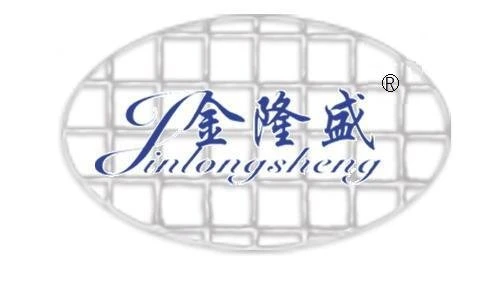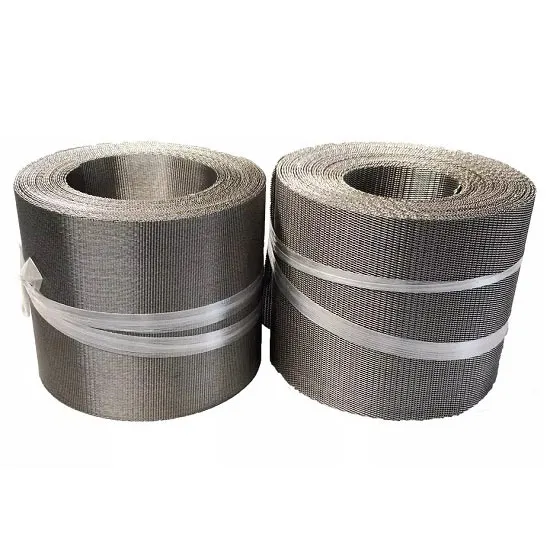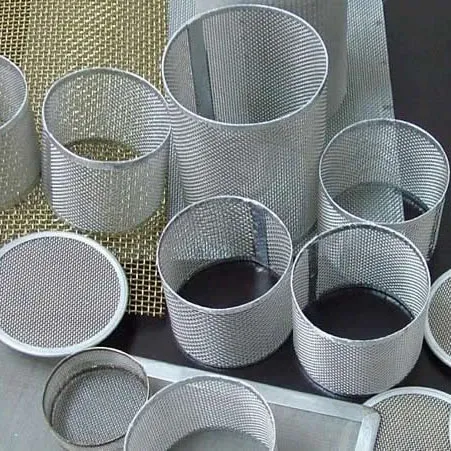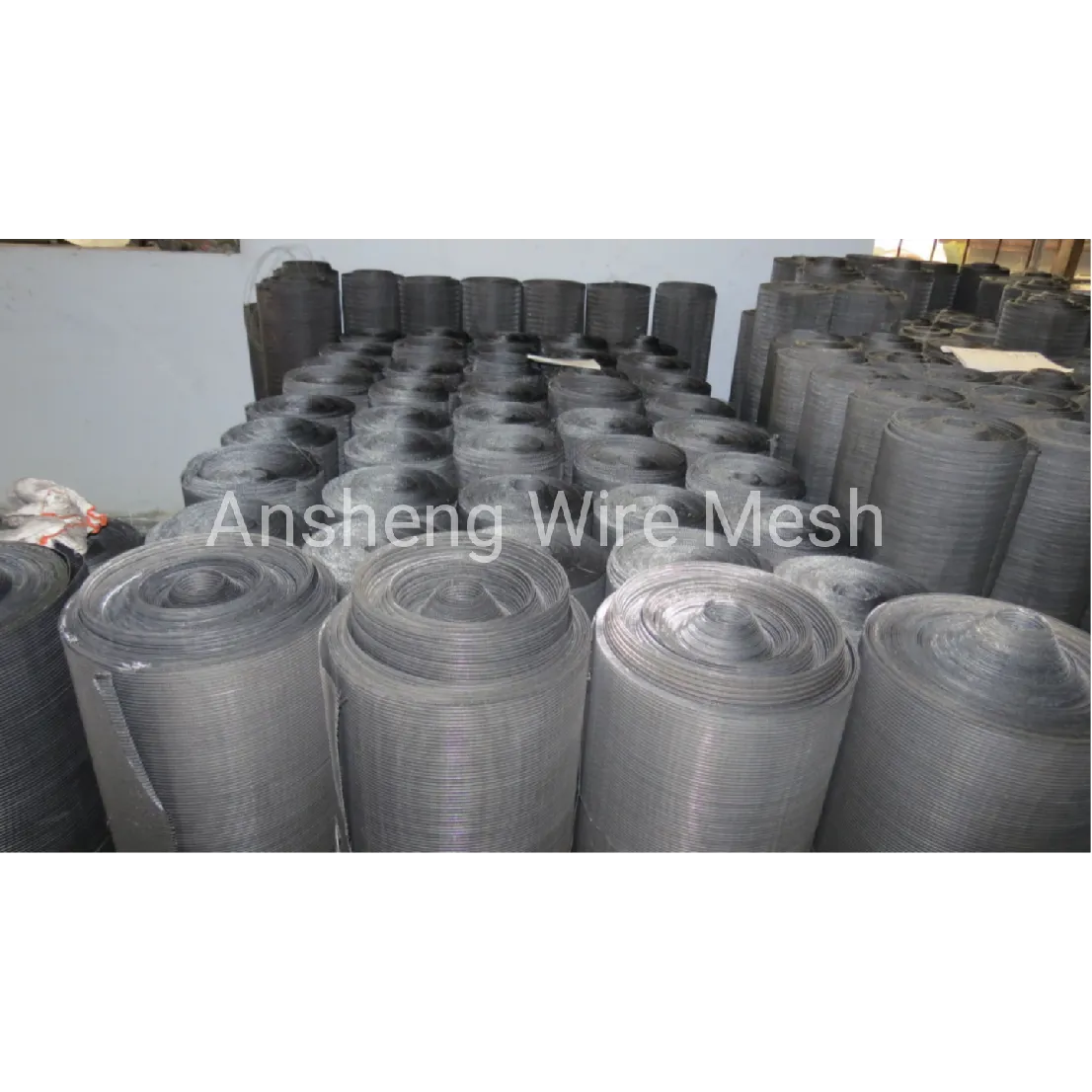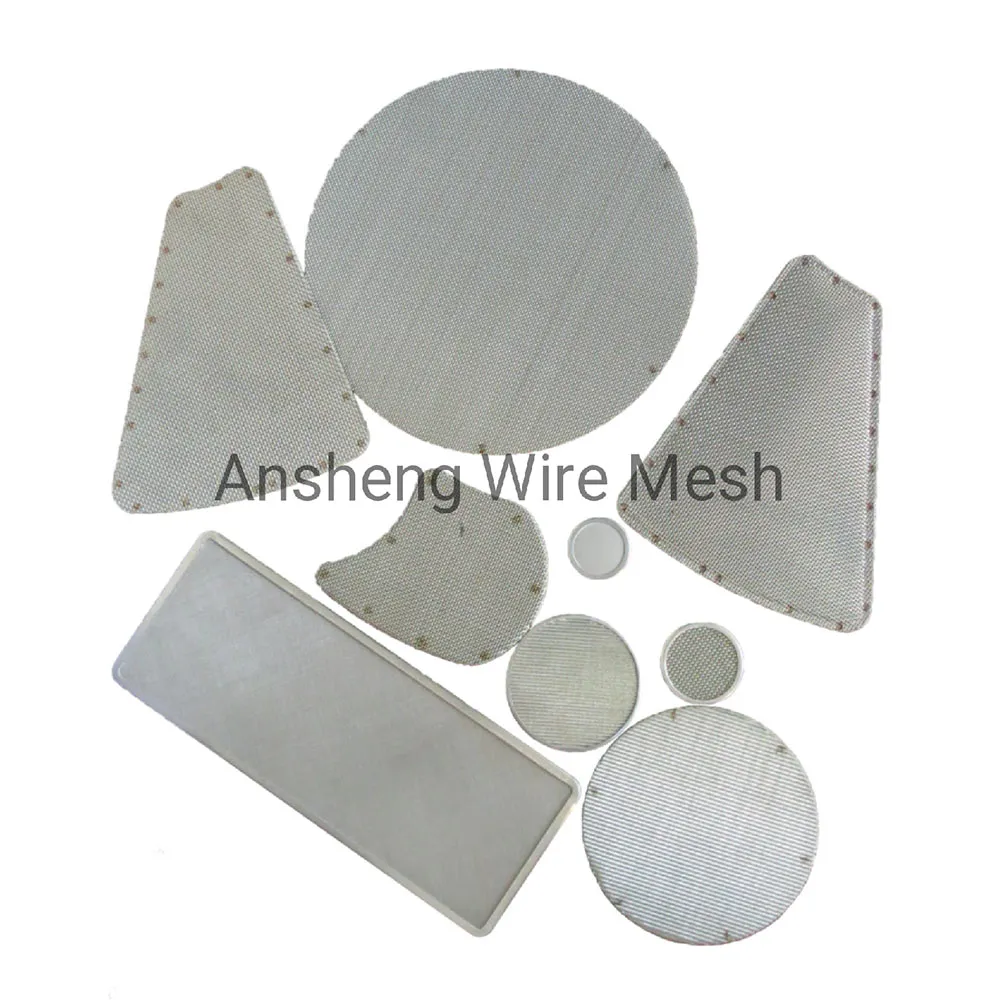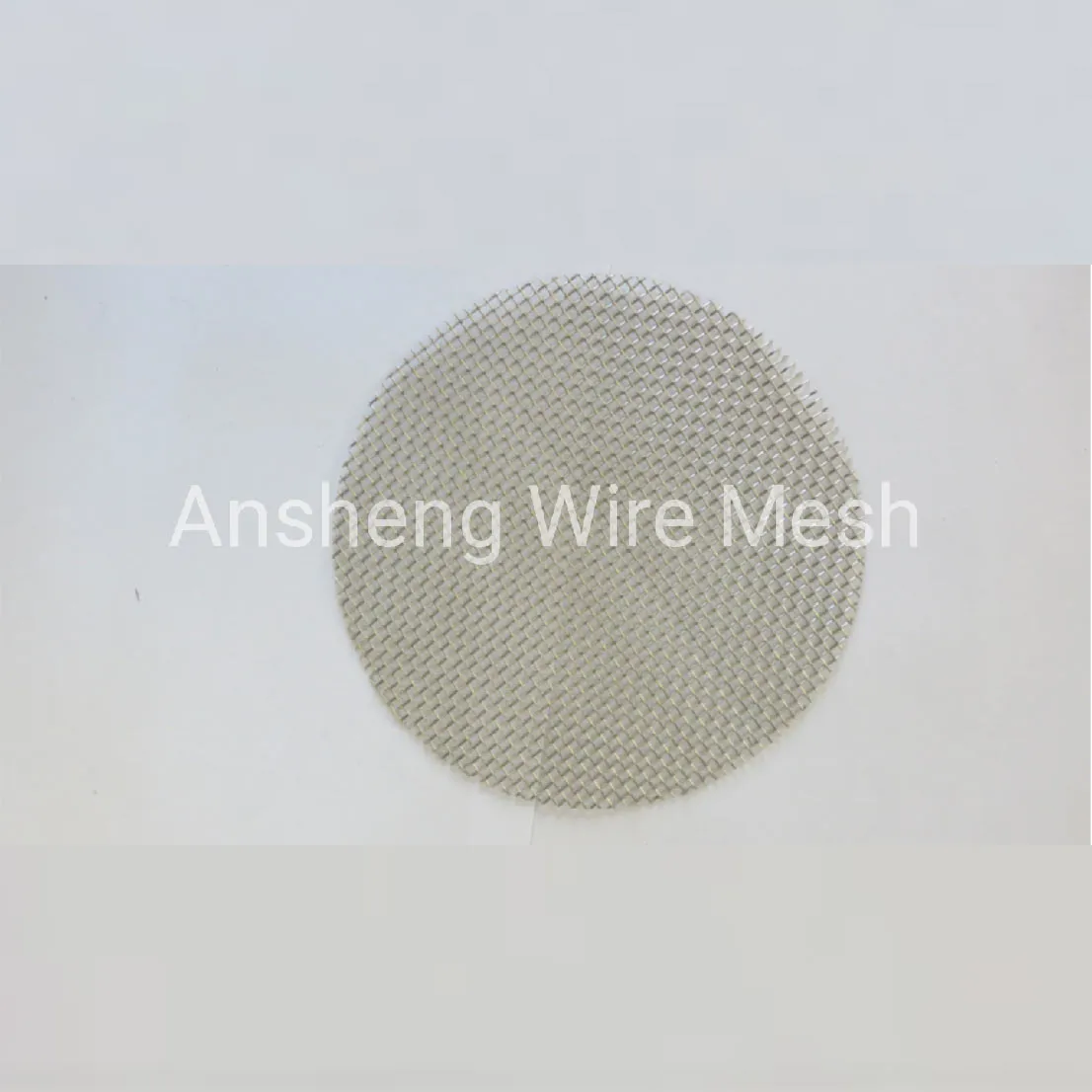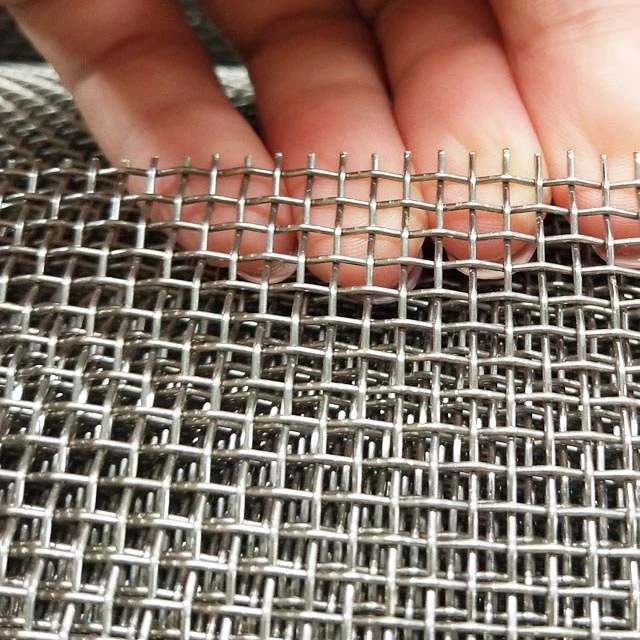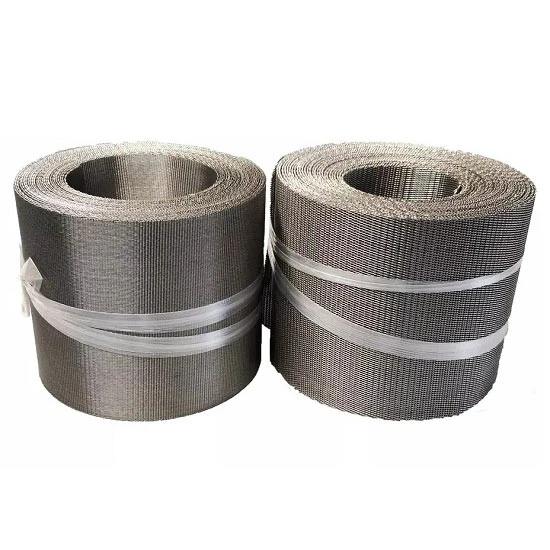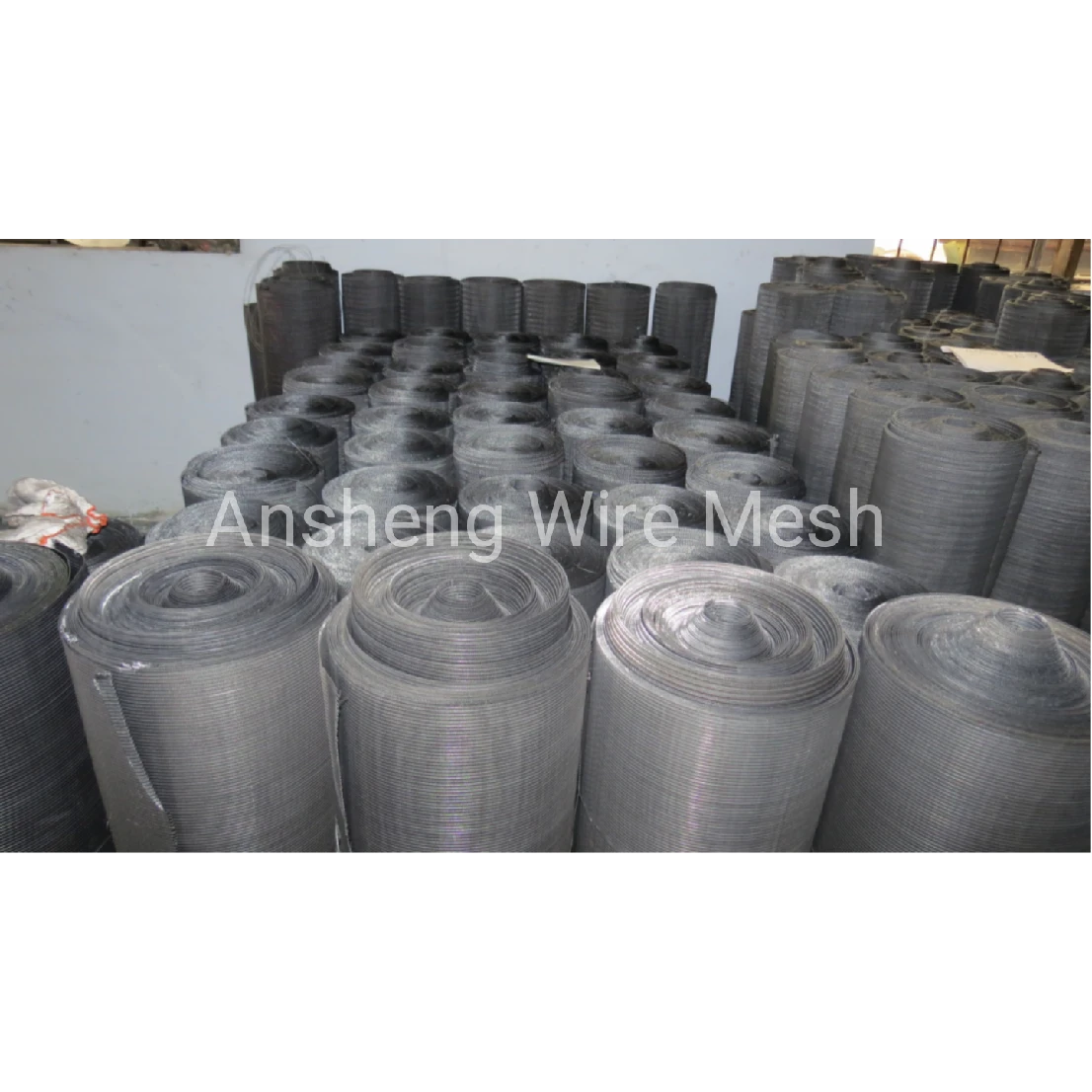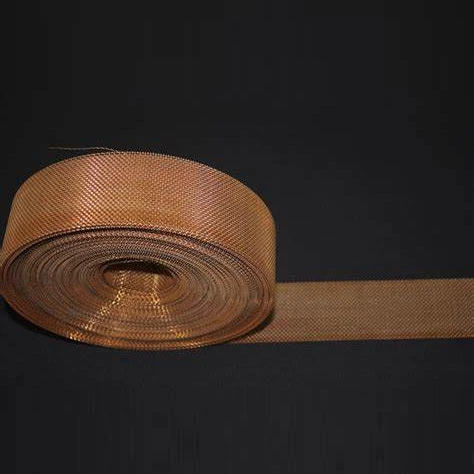Pleated Filter Element: Insider Notes from the Filtration Floor
If you work anywhere near process reliability, you’ve heard about the pleated filter element. I’ve watched this category mature from “nice to have” to the backbone of critical separation steps in chemicals, power, and even beverage lines. Stainless-steel wire mesh and sintered constructions are quietly replacing disposables—less waste, more uptime. To be honest, that shift felt inevitable.
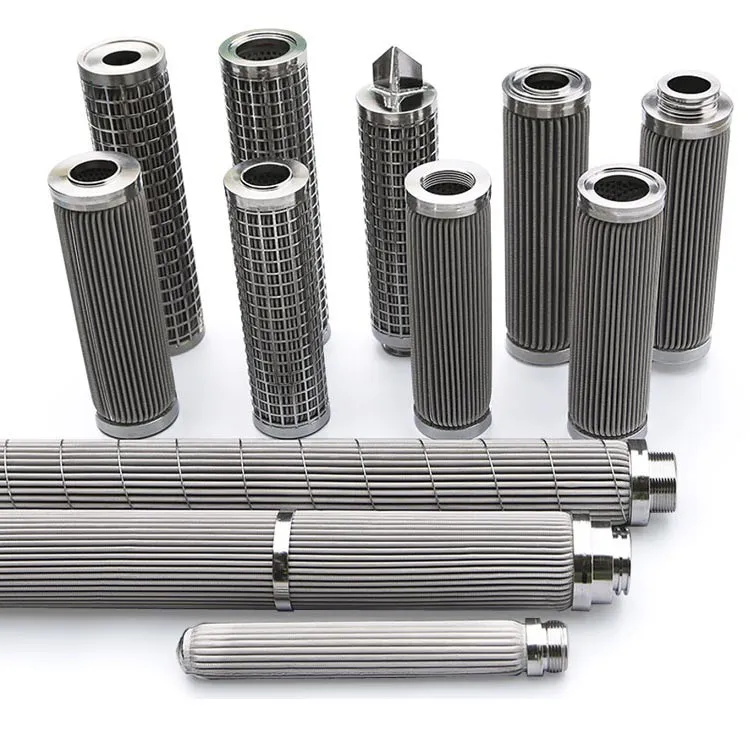
What’s Driving the Trend
Three forces: sustainability (clean-in-place and backflush are now standard), traceability (lot-level QA), and operating envelopes that punish polymer media. Stainless elements keep their shape at high ΔP and at temperatures where polymer pleats would just give up. Many customers say the switch paid for itself in a single maintenance cycle.
Technical Snapshot
Core media options are 316L or 304 stainless wire mesh (often sintered for rigidity). Pleats increase surface area ≈4–8×, which cuts pressure drop and stretches service life. End caps are TIG welded; seals vary—Viton, EPDM, PTFE. Real-world use may vary, but the data below is close to what I’ve seen on lab benches and plant floors.
| Parameter | Typical Spec (≈) |
|---|---|
| Media / Grade | 316L SS sintered wire mesh, pleated; optional 304 SS |
| Micron Rating | 1–100 μm (common: 3, 5, 10, 25, 40 μm) |
| Beta Ratio (ISO 16889) | β10(c) ≥ 200; β25(c) ≥ 1000 (lab-tested) |
| Max Operating Temp | Up to 400–450°C (dry), seals may limit earlier |
| Collapse Pressure | ≥ 10–20 bar (ISO 3968/structural tests) |
| Lengths / Connections | 10, 20, 30, 40 in; DOE, 222/fin, 226/flat, NPT/BSP |
| Cleanability | Backflush, CIP, ultrasonic; up to 50+ cycles |
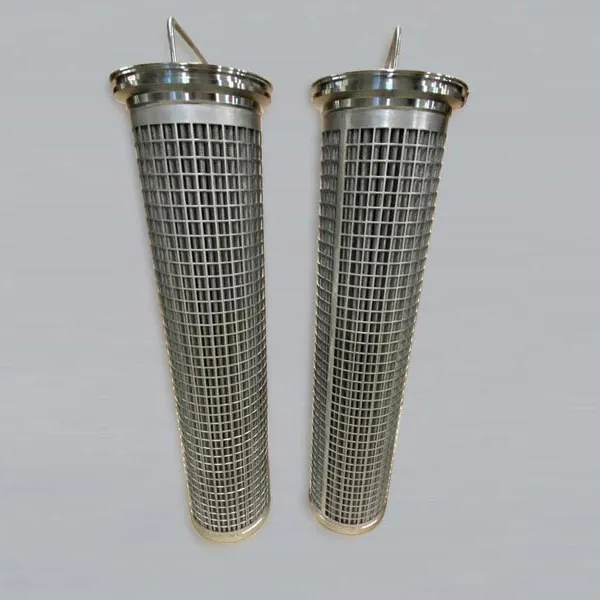
How It’s Made (Short Version)
Materials: 316L/304 mesh, support mesh, perforated core, end caps. Methods: precision pleating, sintering, TIG-welded seams, orbital-welded end caps. Cleaning: ultrasonic + high-purity rinse. Testing: multi-pass efficiency (ISO 16889), fluid compatibility (ISO 2943), pressure drop (ISO 3968), permeability/pore validation (ASTM F316). Service life: around 6–36 months depending on solids load and cleaning discipline.
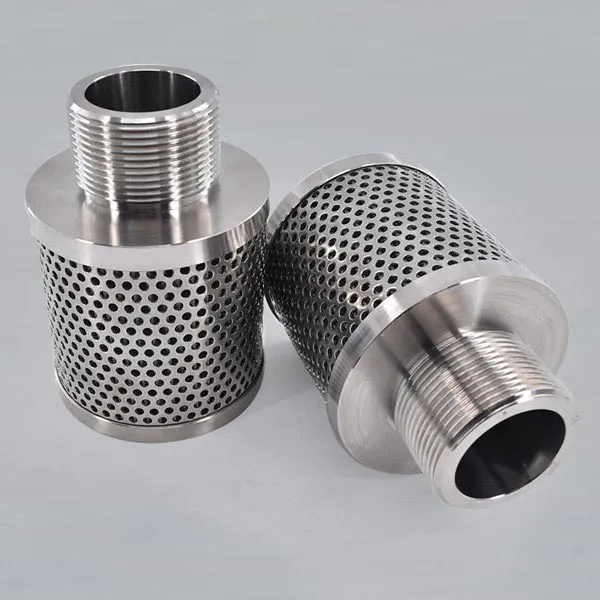
Where It Works Best
Petrochemicals (amine sweetening, lube oil polishing), power generation (turbine lube and seal oil), hydraulics (return and pressure lines), gas filtration, water treatment (pre-RO), and yes—food & beverage and pharma utilities where stainless is preferred. Certifications commonly requested: ISO 9001, EU 1935/2004 for food-contact frameworks, and material declarations for FDA-aligned elastomers.
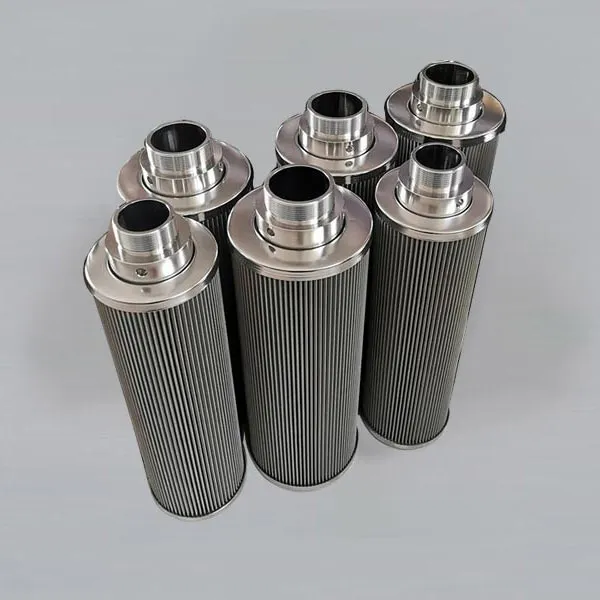
Vendor Landscape (Field Notes)
| Vendor | Media | Micron Range | Cleanability | Lead Time | Notes |
|---|---|---|---|---|---|
| Ansheng (Hebei, China) | 316L sintered mesh | 1–100 μm | 50+ cycles | 2–4 weeks | Strong OEM customization; factory at No.346 Xinying East St., Anping County |
| Global Brand A | SS mesh + fiber blend | 3–40 μm | 30–40 cycles | 4–8 weeks | Premium pricing; broad distributor network |
| Import Generic | SS mesh | 10–100 μm | 10–20 cycles | 1–3 weeks | Inconsistent QA; check welds and β-ratio data |
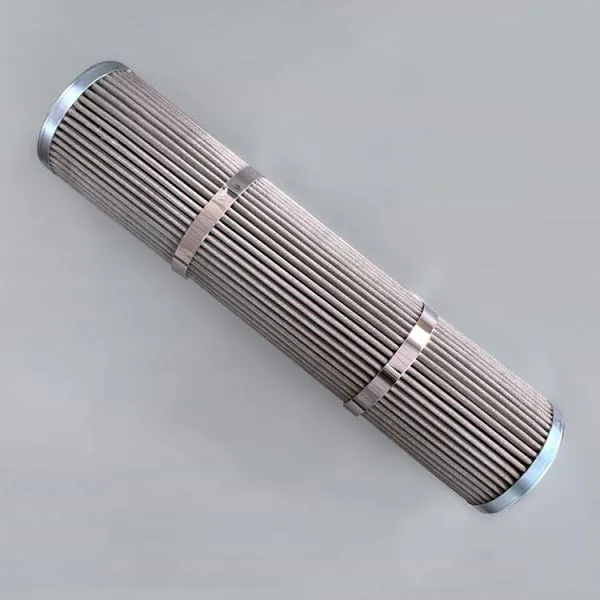
Customization & Real-World Cases
pleated filter element variants can be tuned: pleat height, outer cage geometry, end-connection, anti-spark finishes, even Halar-coated cages for corrosives. One refinery swapped 25 μm elements for 10 μm with β10 ≥ 200; varnish dropped, ΔP stabilized, and pump alarms vanished. In a brewery utility loop, a 5 μm pleated filter element moved from biweekly swaps to quarterly cleanings—labor said “finally.”
Why It Wins
- High dirt-holding from pleat geometry; lower ΔP vs. depth-only metal media.
- Thermal and mechanical stability; predictable multi-pass performance.
- Cleanable, fewer changeouts, less waste—accounting teams appreciate that.
Standards and data referenced: ISO 16889 (multi-pass), ISO 2943 (compatibility), ISO 3968 (pressure drop), ASTM F316 (permeability/pore sizing). Many units ship under ISO 9001 QMS, with food-contact declarations on request.
Citations
- ISO 16889: Hydraulic fluid power filters — Multi-pass method for evaluating filtration performance.
- ISO 2943: Hydraulic fluid power — Filter elements — Verification of material compatibility with fluids.
- ISO 3968: Hydraulic fluid power — Filters — Evaluation of pressure drop versus flow characteristics.
- ASTM F316: Standard Test Methods for Pore Size Characteristics of Membrane Filters by Bubble Point and Mean Flow Pore Test (applied to porous metals).
- EU Regulation 1935/2004 on materials intended to come into contact with food.
- ISO 9001:2015 Quality management systems — Requirements.
Post time: Oct . 11, 2025 14:25
